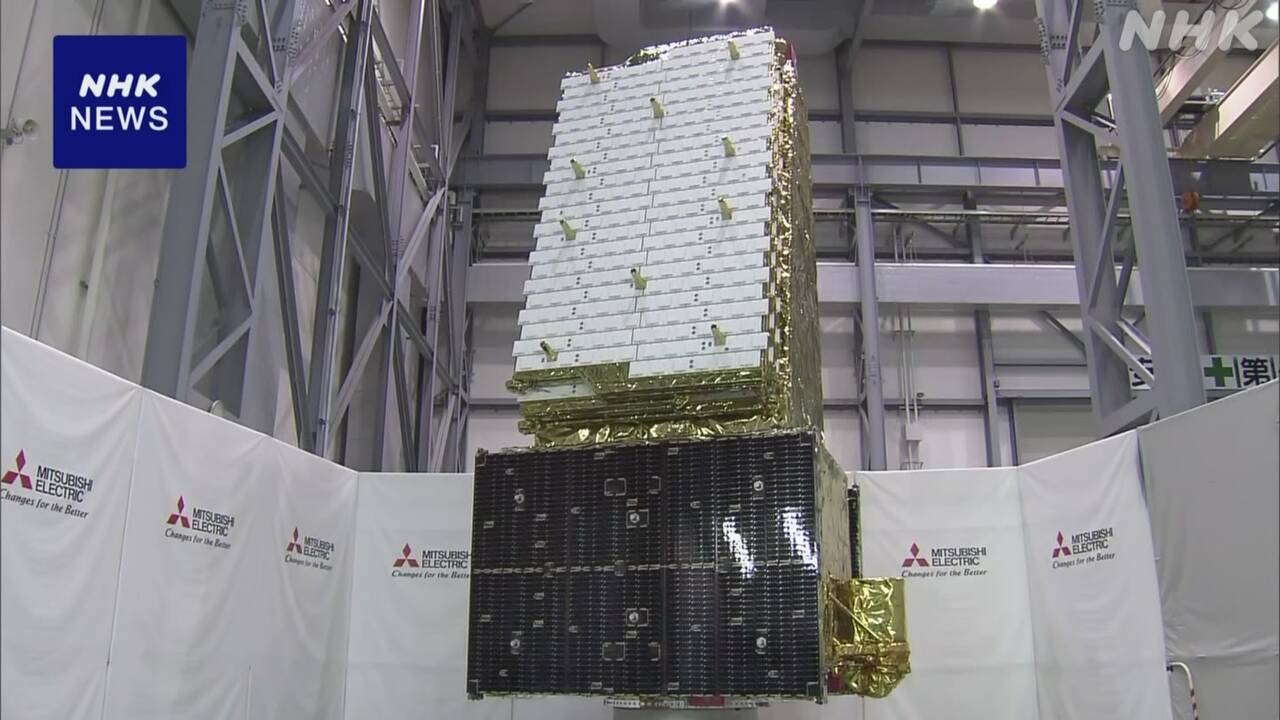The earth observation satellite "Daichi-4", which is scheduled to be launched next fiscal year (2024) on Japan's new main rocket "H3", was unveiled to the press in Kanagawa Prefecture on the 11th.
The Earth observation satellite "Daichi 4" was developed by JAXA (Japan Aerospace Exploration Agency) and Mitsubishi Electric at a cost of approximately 32 billion yen.It weighs approximately 3 tons and is very tall when equipped with solar panels. It is 10 meters long and 20 meters wide.
Since images can be created based on the strength and weakness of radio waves emitted by satellites as they reflect on the ground, it is unique in that it can be observed at a high resolution of approximately 3 meters even at night or in bad weather.
Compared to the currently operating Daichi-2, the width of the earth's surface that can be observed at one time is up to 200 km, four times the width, and the observation frequency has been increased five times. This is a plan that can be used to quickly discover things.
Yoshihisa Arikawa, project manager for JAXA, which developed the satellite, said, ``We hope to expand the observation range to detect abnormalities early and prevent damage before they occur.We will continue to steadily advance preparations for launch.'' We were talking.
Last year, the first H3 rocket failed to launch and lost its onboard Daichi-3, but countermeasures were taken and the second rocket successfully launched for the first time last month.
According to the Cabinet Office's Basic Space Plan, Daichi-4 will be mounted on the next H3 rocket and will be launched from the Tanegashima Space Center in Kagoshima Prefecture next fiscal year.

